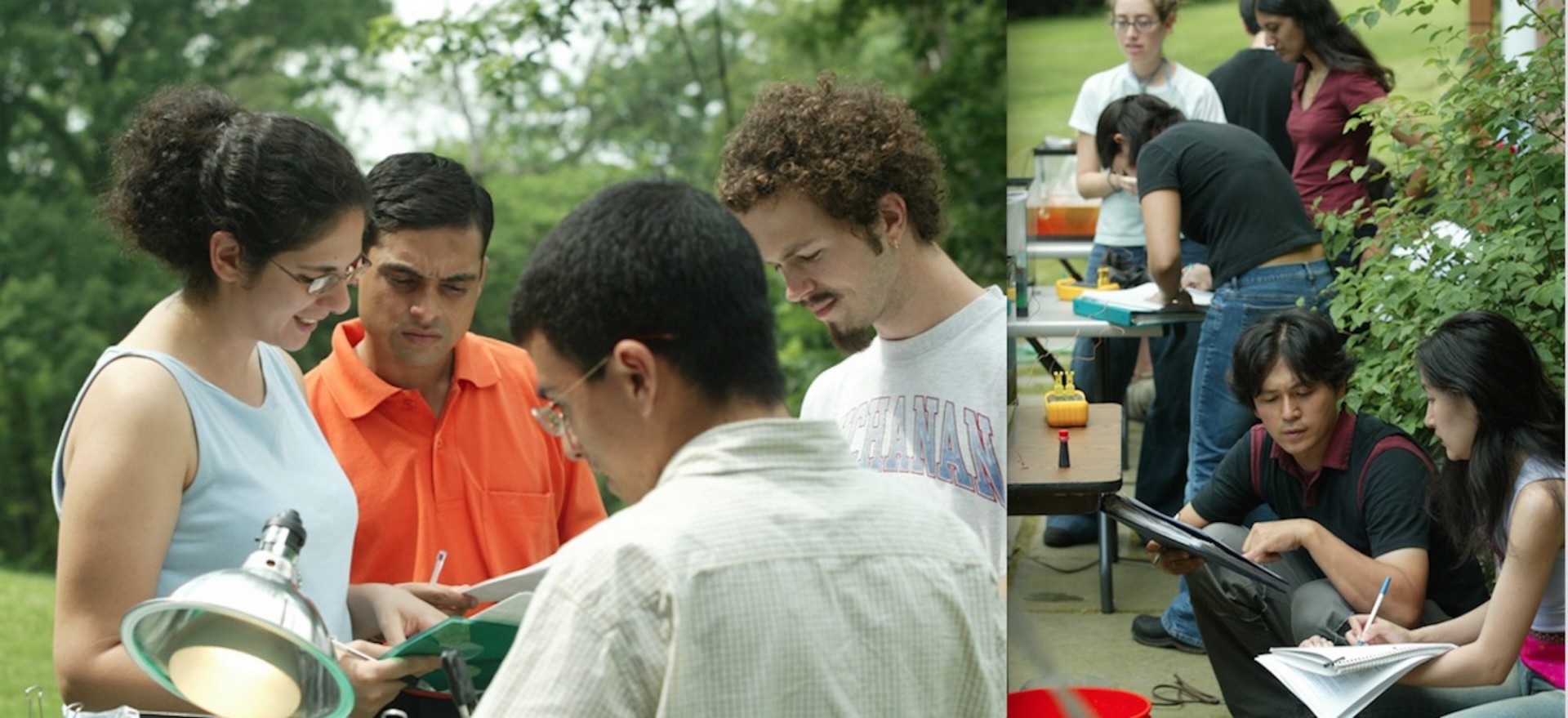Implicit Bias in STEM
There is a growing body of literature on science, technology, engineering, and mathematics (STEM) diversity, examining the underrepresentation of women and minorities in these fields. While the number of women has increased in some fields over the last few decades, there has been little to no increase in racial and ethnic minorities, especially in fields such as the geosciences. Further, research shows that racial and sexual minorities feel unwelcome in STEM and leave these fields at higher rates than others.
Closely related to the topic of STEM diversity are the topics of Implicit Bias and Stereotype Threat. Implicit bias, also known as unconscious or subconscious bias, is an association or bias that is outside of our conscious control. It starts in early childhood as we get conditioned by society in our everyday lives, and affects how we perceive things, which in turn affects our decision-making processes, whether or not we are consciously aware of such associations or biases. Stereotype threat refers to the risk of being perceived as conforming to a usually negative stereotype associated with one's identity, e.g., race, gender, age, religion, sexual orientation, nationality.

